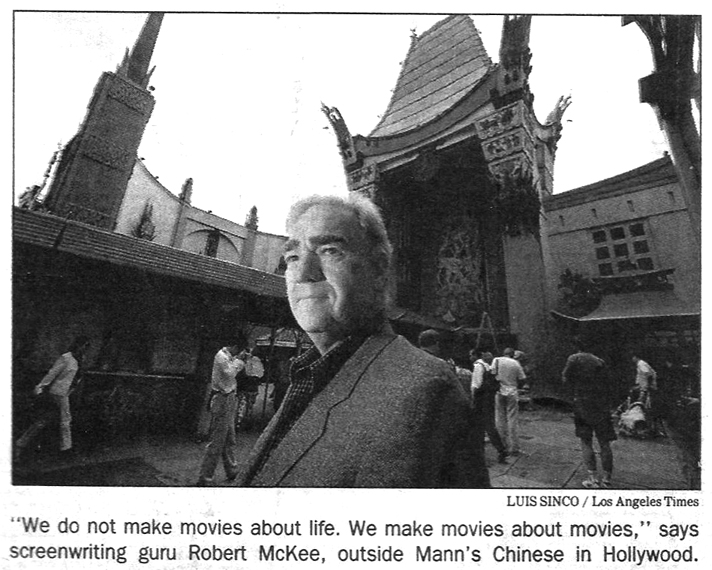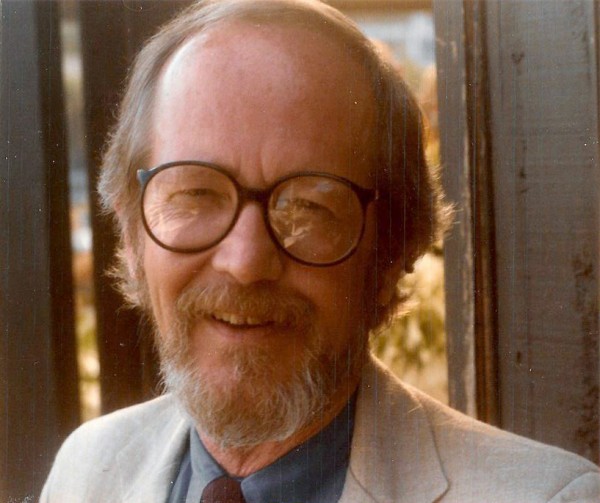To sign up for an appointment with an agent:http://www.sbwriters.com/conference/advance-submission.html
SBWC is pleased to announce that Julie Hill will be with us for agents day on June 20.
Julie Hill Literary Agency’s specialty is nonfiction. She handles movie and TV rights as well as books. She seeks unique, innovative but market viable projects in the following subjects: reference, biography, history, religious, mind/body/spirit, health, travel, lifestyle, science as well as memoir, self-help, and advice. She’s also interested in anything in regard to Jewish titles, such as books about the Holocaust.
She especially appreciates authors who have an established audience already and a strong platform or active plans for building one. She advises all nonfiction writers to be able to write a great book proposal.
While she specializes in traditional publishing in nonfiction, she considers viable nonfiction publishing projects of all kinds, including self-publishing. She’ll oversee editing, cover design, printing, and promotion for self-published authors. She consults on contracts and agreements between entities, example: co- authoring agreements.
Julie Hill Literary agency has been in business since 1990, first in La Jolla, and now in Del Mar, CA. The agency's most recent release was in March 2017, titled Leadership Secrets of the Wizard of Oz by BJ Gallagher, author of over 30 business and self-help books. Oz has been granted full rights by Warner Brothers for movie characters and genuine images, an uncommon granting in the book world.

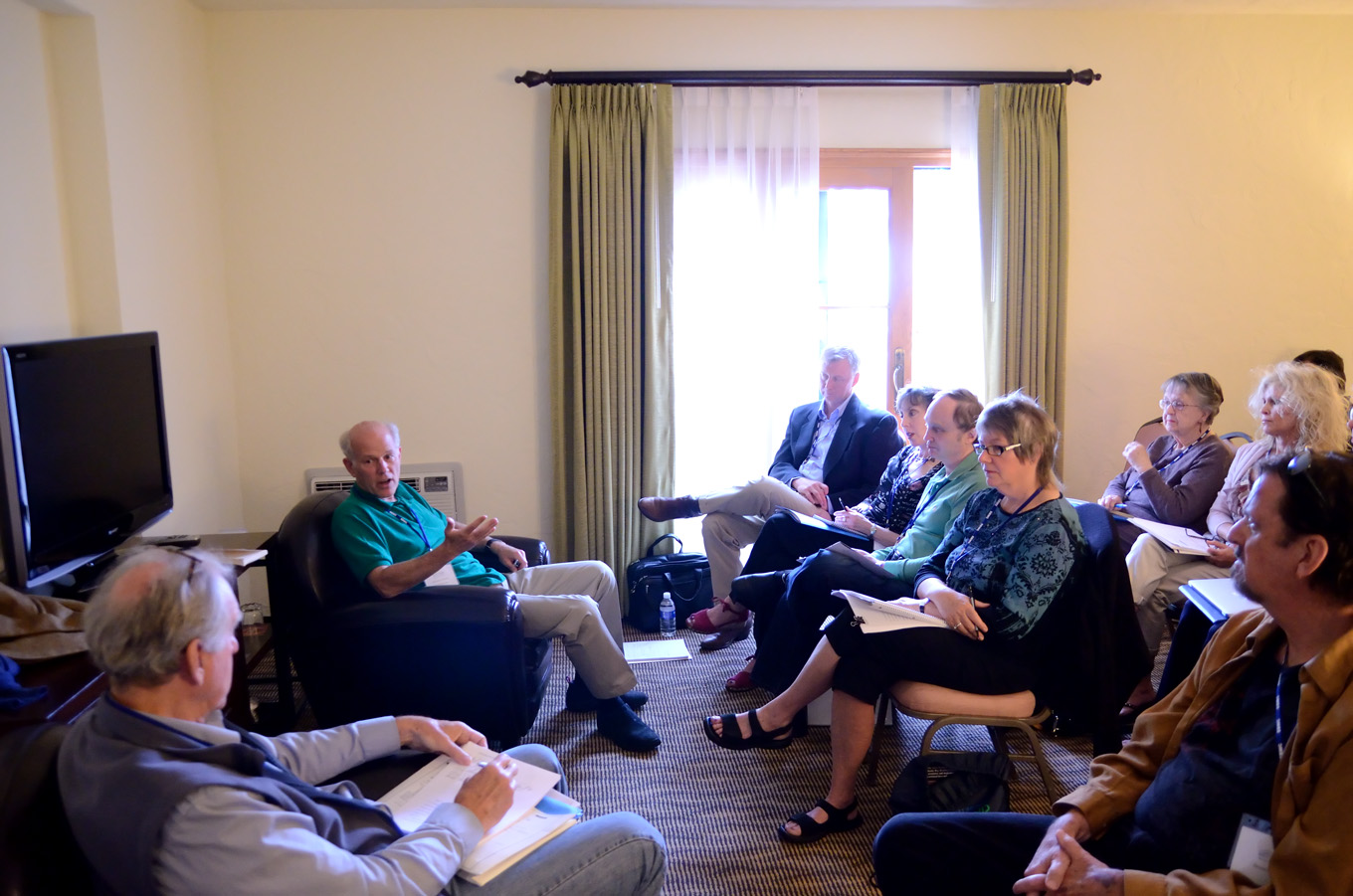
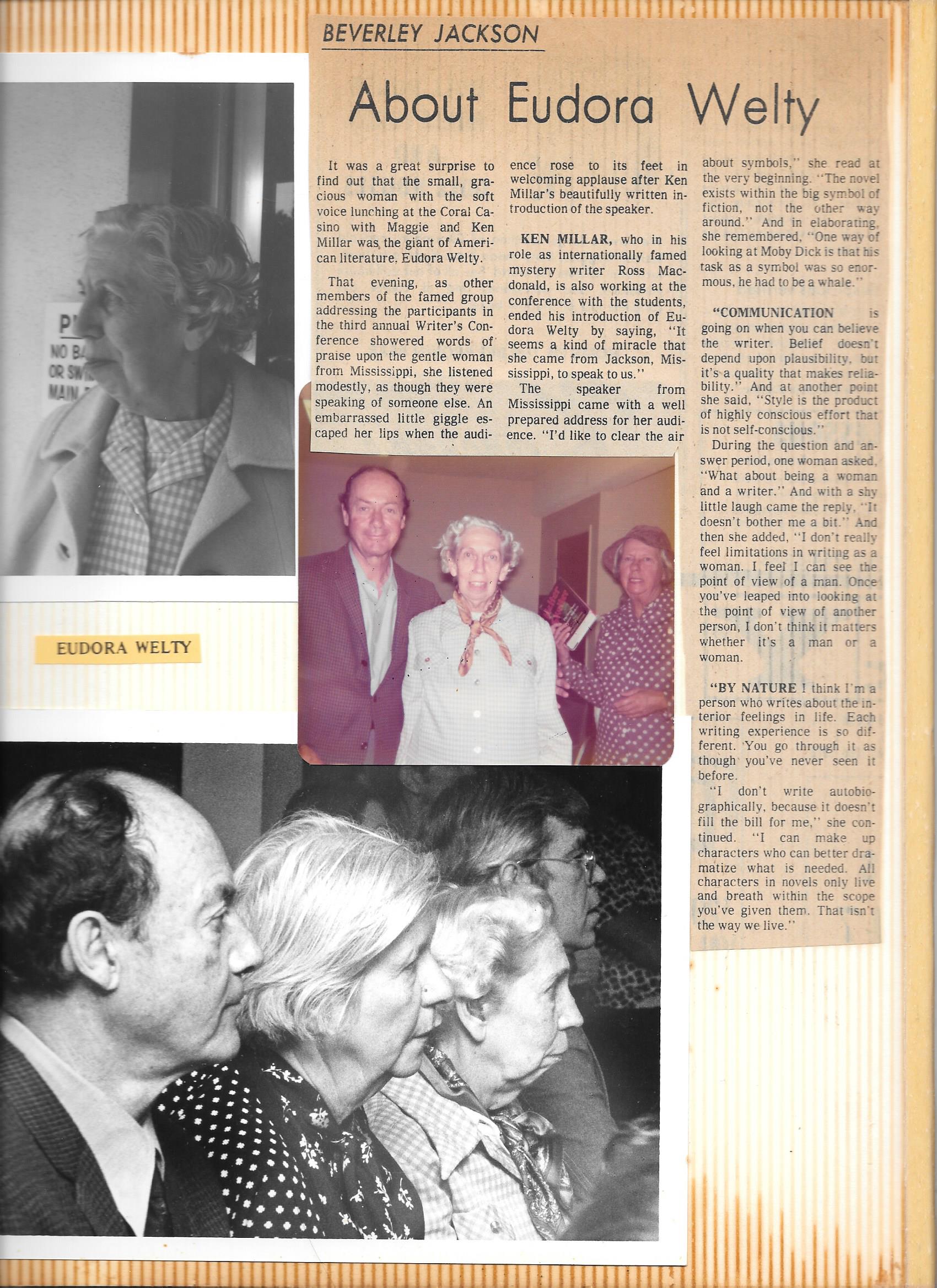
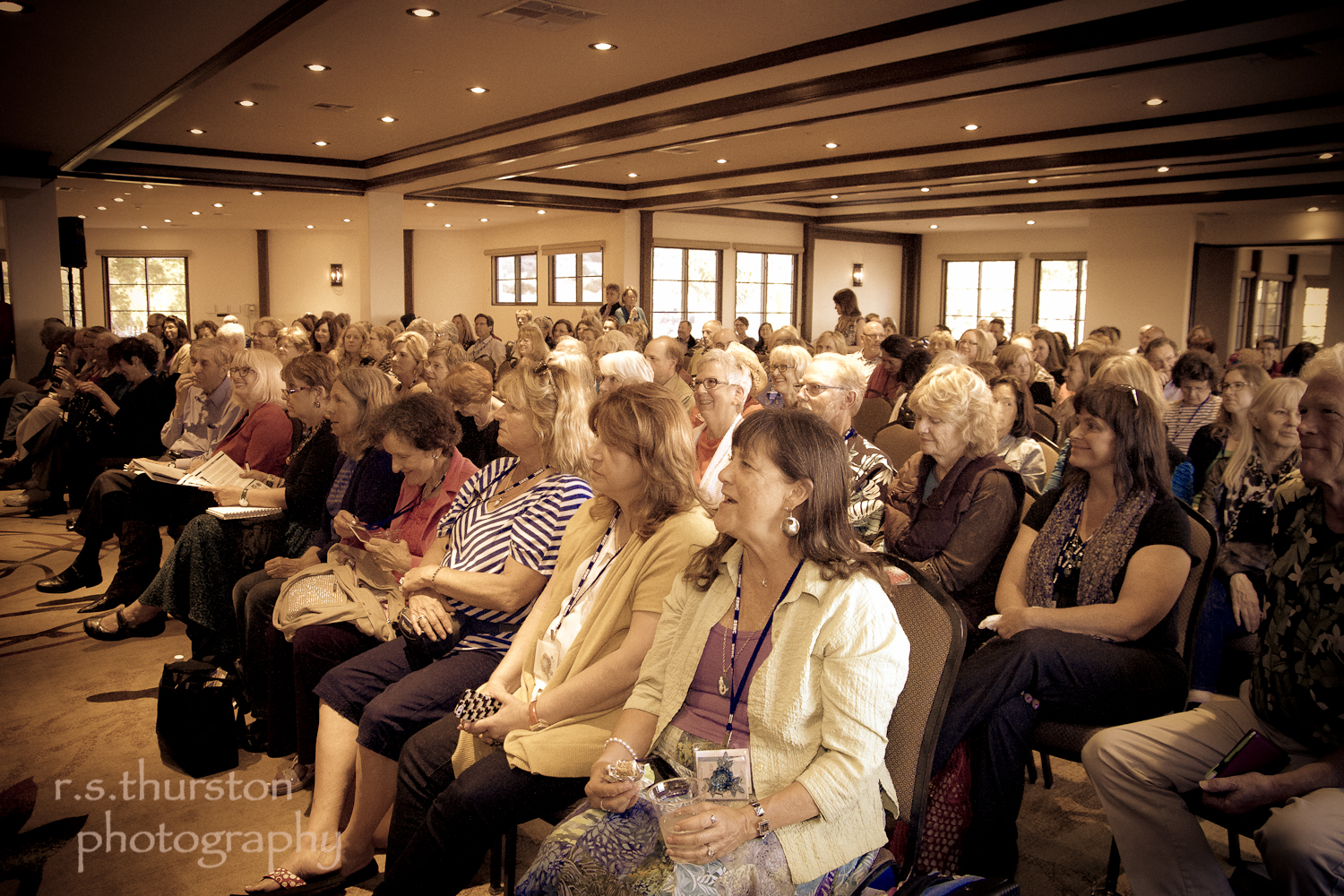
 SBWC
SBWC 
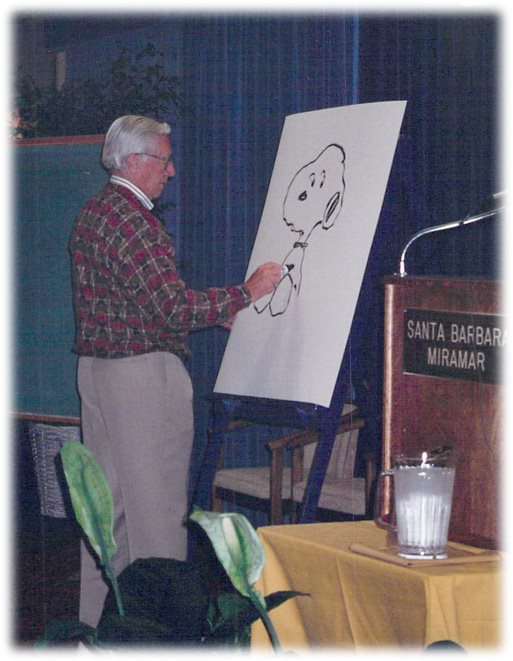
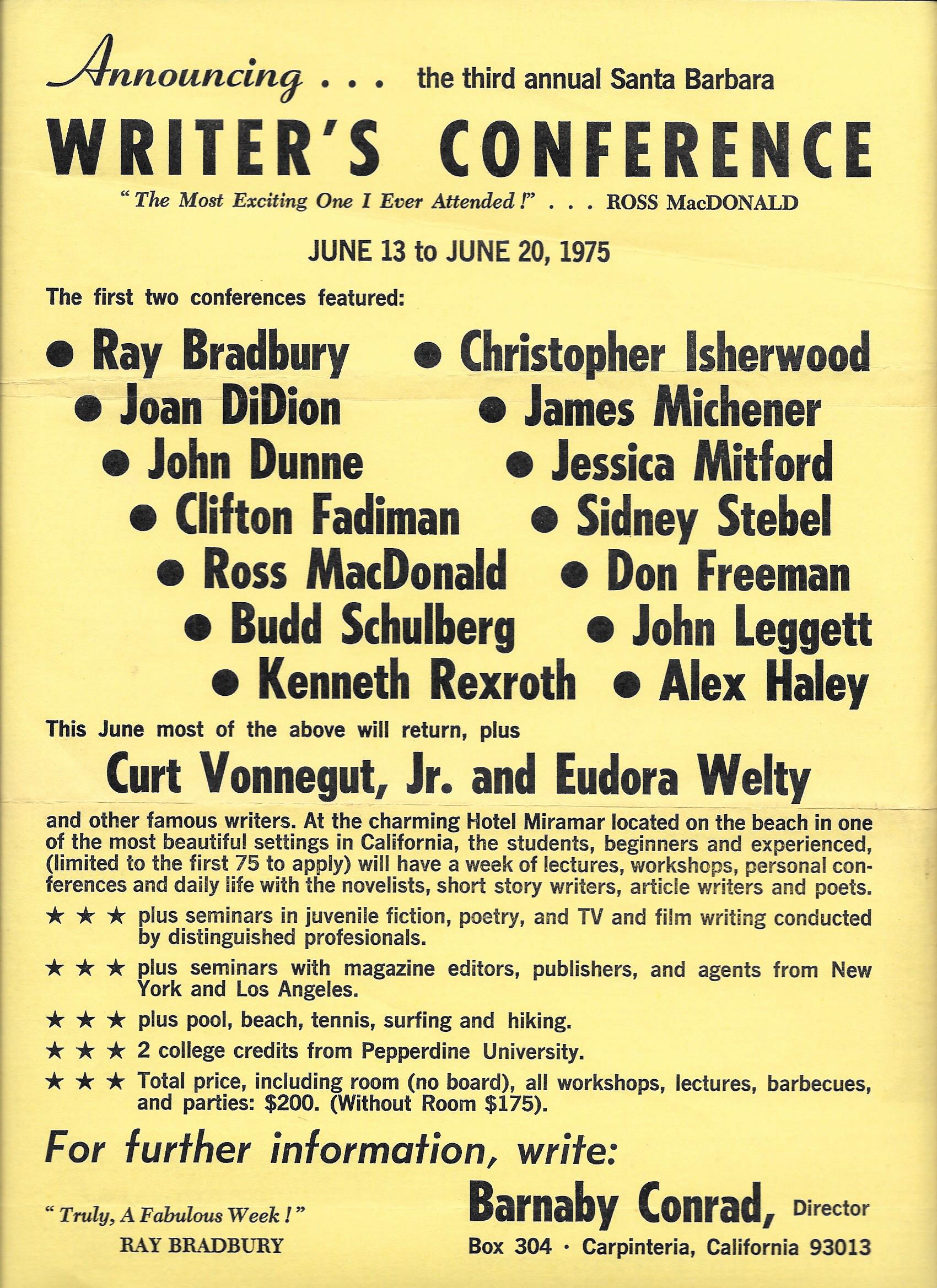
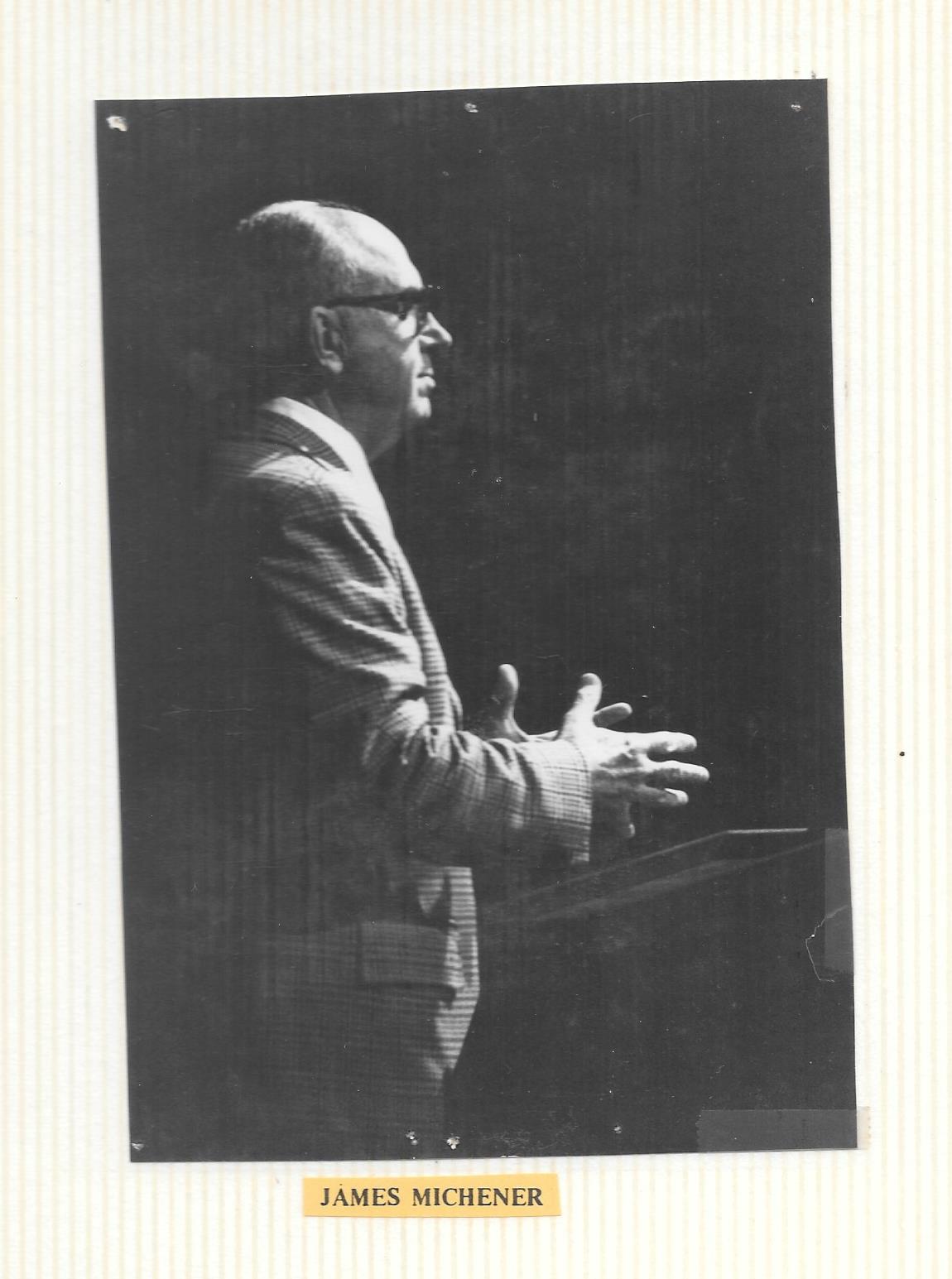
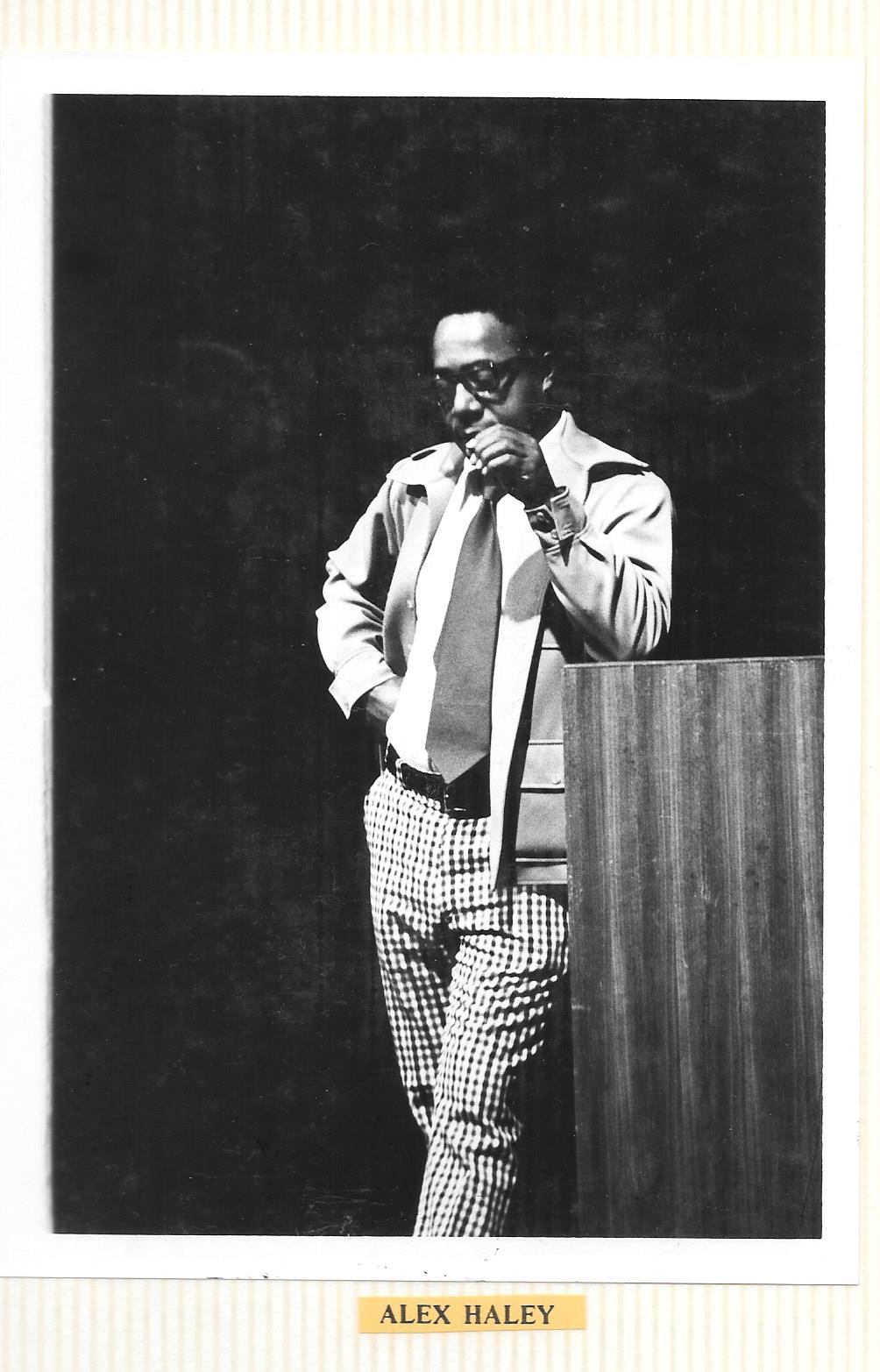




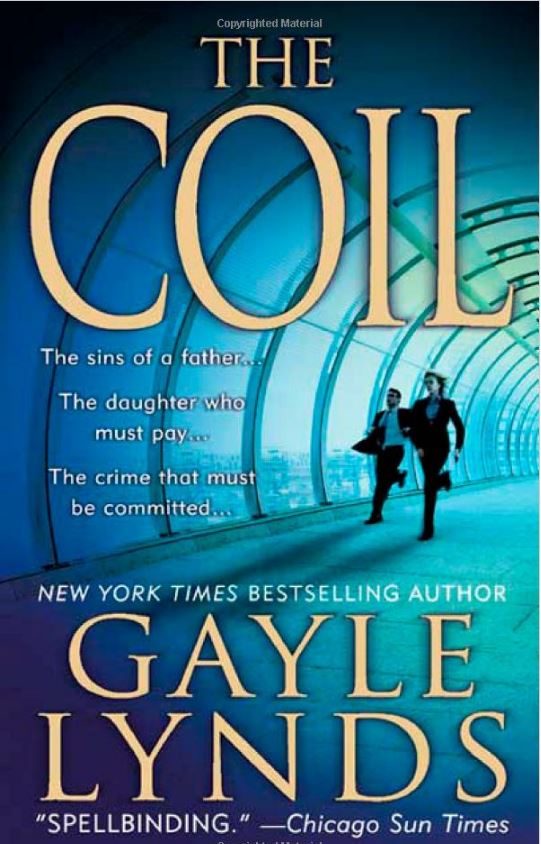
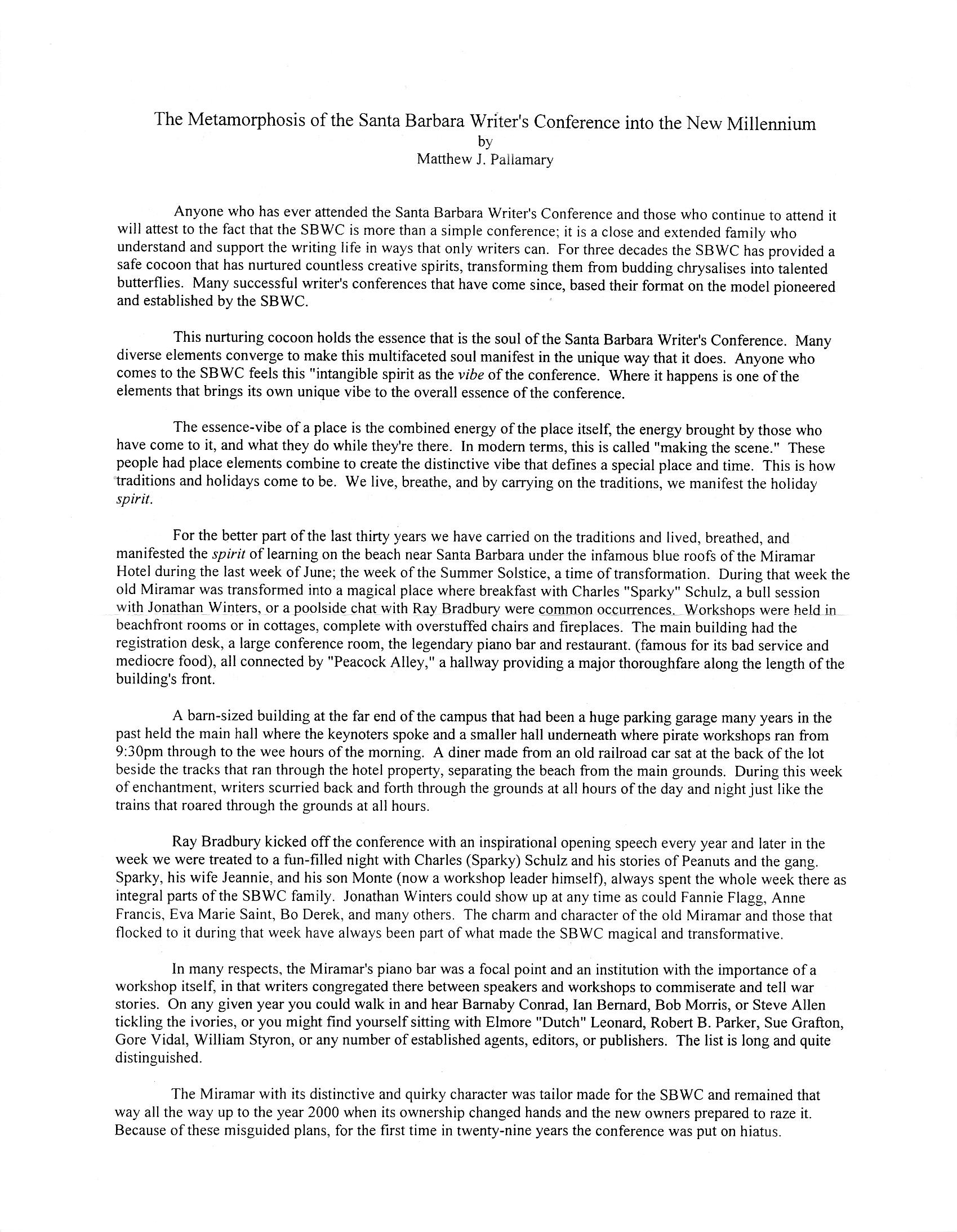



 Early Bird Registration
Early Bird Registration 




